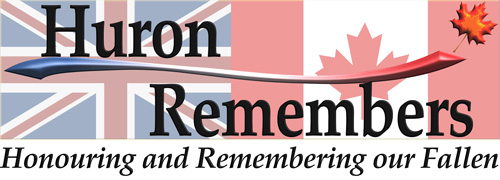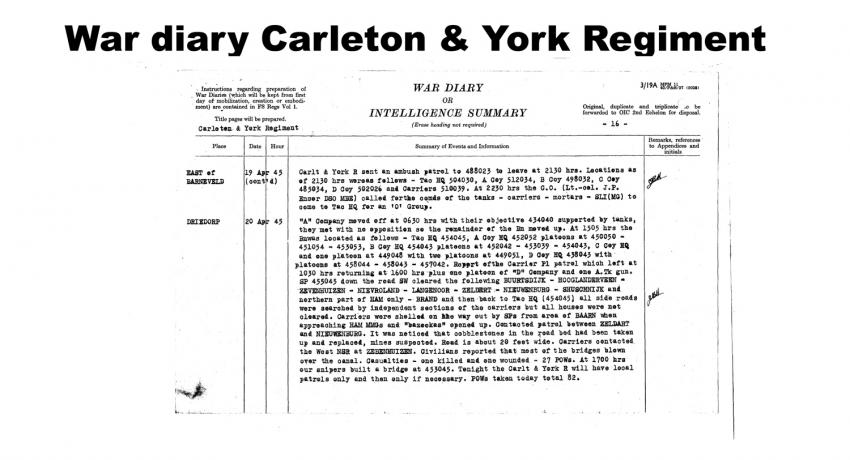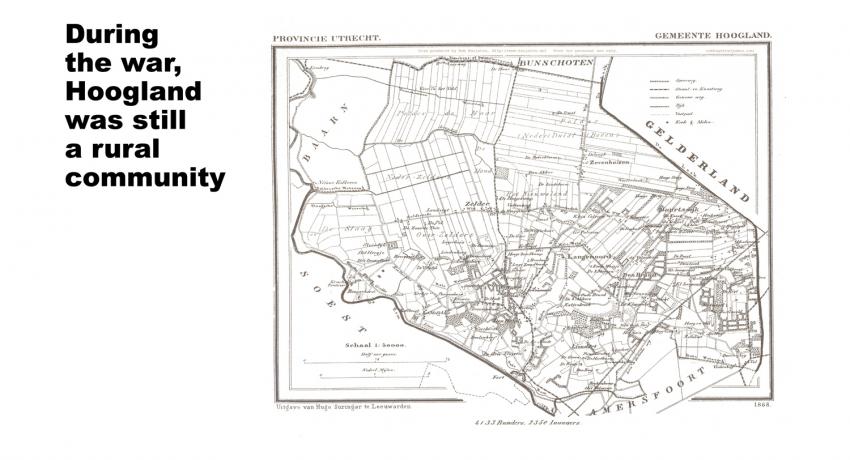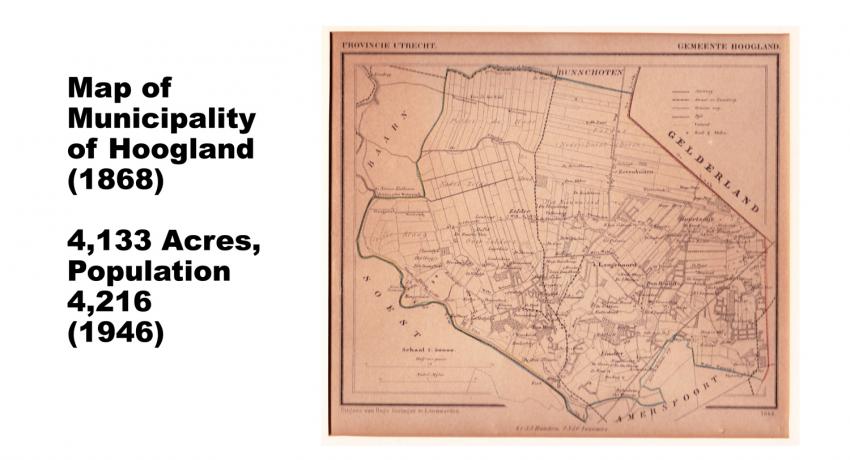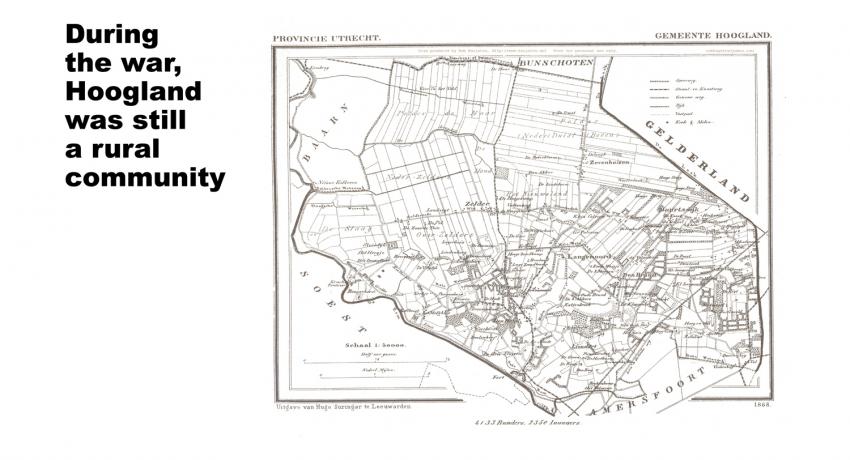I hope you are all well.
As you probably remember, the Dutch people commemorate the fallen of the Second World War on Monday 4 May during National Remembrance Day (Dodenherdenking).
The village of Hoogland that you visited last year, was liberated 75 years ago by the Canadian forces in April 1945.
Today, we unveiled a plaquard mentioning Pte. James Jamieson and four other Canadian soldiers who died in Hoogland, in the eve of the war.
The plaquard was placed on Langenoord cemetery in Hoogland, where 4 of the 5 soldiers who died in Hoogland were temporarily buried.
Also see:
In addition, a book was published by our local historical society. The book is in Dutch but we translated a story that I wrote for a speech.
Regrettably, due to Covid 19 measures there cannot be a public gathering tonight, so the speech will be postponed till next year.
Thought I should let you know.
Kind Regards,
Maarten Boersen
Four white crosses Maarten Boersen
I’ve returned to take pictures. The oak trees carry light green foliage.
The graves of my comrades are in the cemetery next to the demolished church. I see the flowers the people of Langenoord have placed on the graves. The four white crosses reflect the stark sunlight.
The first is Private Mennie’s grave. A Scottish lad from New Brunswick.
He was killed April 20th in De Ham, while we were on a reconnaissance mission.
I never got to really know him; he had only been with the Carleton & York Regiment for a couple of weeks. Bill originally wasn’t trained as an infantry soldier; he was an air gunner, but because of our fierce losses in Italy, he and the other reinforcements were added to our regiment in Wavre.
We had a beer in the recreation room. His wife was called Mercedes. He showed us their wedding photo. He wished he had brought his guitar with him, but he couldn’t. Bill was only 25 years old.
He was buried in a raw wooden coffin, just like the others.
Next is the grave of Private Thompson, Laurie. We were both from Ontario. He too had joined our ranks only three weeks before, just like Bill.
On April 24th the weather was fine. We were ordered to advance to the river. Later his sergeant told me that Laurie was sent from the front line because he was injured in his arm, but he refused and went on. One minute later he was shot in the head by a German sniper. They transported his body on the hood of a Jeep to the nearby headquarters. The padre said Mass for him.
Lance Corporal Lévesque is buried in the third grave. On filling in his death announcement I saw he died on his 21st birthday, April 22nd. Poor bastard. He grew up in a New Brunswick farming family. Edmond had told me about his training in Camp Aldershot, Nova Scotia, how he met Lea in the pub there. They would walk along the ocean, the Bay of Fundy. The rest is history, he said.
In his belongings was a letter saying that on February 2nd he became the father of a daughter, Clodette. He never saw her.
The last grave is Private Jameson’s. I’ve put his helmet on the cross.
We were in C company together for almost a year. We first met in Italy.
On the eve of April 22nd we encountered German machine gunfire. James was the second victim that night.
They took him to the headquarters in the parish house. A Dutch man gave him a raw beaten egg. There was nothing else they could do for him.
Before the war James worked as a silk weaver. Now he was tired of the war and he wanted to go back to Toronto.
We packed up his personal belongings: one pair of opera binoculars, a leather coin purse and a wallet, two rings, a Christmas card and newspaper clippings, some postcards, the New Testament, a folder with snapshots, a Fascist symbol and an ID bracelet. Also the photos of his wife Ruth and his children, Marlene and Bobby.
On walking back to my Jeep, I notice a liaison officer of the West Nova Scotia Regiment has stopped. It’s Freddie, he was in Italy as well. What are you up to Alvin, he asks.
I tell him I took pictures of the graves, to send to the families.
Hopefully they are the last victims on this frontier since there is a ceasefire.
At last.
Freddie shakes his head, a private of the West Nova’s was heavily wounded near Coelhorst, following machine gunfire from across the river. His name was Francis Fitzgerald. He died April 28th while being transported to the ambulance post in Nijkerk.
On the memorial in the Canadian War Cemetery at Groesbeek the following words are inscribed:
Pro amicis mortui amicis vivimus, We live in the hearts of friends for whom we died.
